With A City of Coming and Going, Crimson Architectural Historians is researching the national and international historical context of migration, and the lessons we can learn from strategies and concrete spatial interventions elsewhere in Europe. The EFL Foundation supports the research objectives of the City of Coming and Going and sees in it an important contribution to the discourse on the integral development of the contemporary city. In 2018, the research resulted in a publication, a symposium and an exhibition.
The project Een Stad van Komen en Gaan / A City of Comings and Goings resulted in a publication, symposium (INTI debate) and exhibition (Architecture Biennale Venice 2018).
A City of Coming and Going examines the spatial impact of migration on Dutch cities, villages and landscapes. How can we address migration as a fact of life? Which strategies and spatial solutions make it possible to create suitable places for migrants so that migration becomes an opportunity instead of a problem? A City of Coming and Going focuses not only on refugees, but also on expats, migrant workers, knowledge workers and students, as groups who live in our cities for shorter or longer periods of time.
The reason for this was the fuss that arose a few years ago around an unexpected increase in the number of refugees. The inability of European cities to deal with an unexpected influx of migrants was painfully exposed. In various places, emergency solutions were taken in the area of, for example, housing, which isolated newcomers and hampered integration. It is important to look at migration in a broader perspective and to consider the opportunities and impulses that the influx of new groups has to offer.
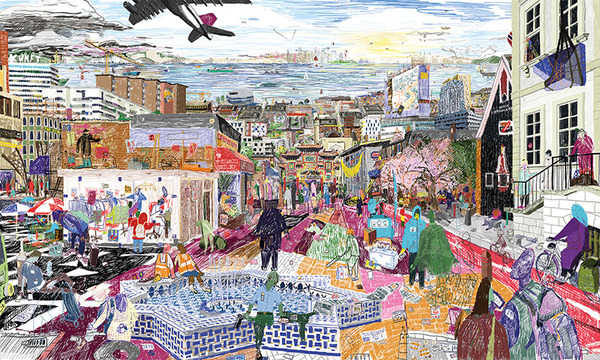
The book
A City of Comings and Goings makes the broad meaning of migration for our cities visible through research in different phases and themes. The first phase investigates the international context of migration in five different cities in Europe. The cities studied have a history similar to that of the Netherlands, and are all dealing with the current refugee crisis. They have developed different strategies to deal with migration. The next research phase focuses on the Dutch context with Amsterdam as research case. Amsterdam has a long tradition of groups of migrants coming and going, and is examined in a similar way as the European cities from the first phase.
The result is a selection of one hundred best practices in the field of migration and temporary housing in Western Europe. It concerns the most inspiring and diverse experiments in the field of temporary housing, public space, new typologies, prototypes, but also forms of collaboration, social programmes, software, apps, policy, et cetera. They are brought together in a catalogue of researched projects, research and experiments combined with a series of recommendations. Together they form a handbook of ideas and lessons on programme and design for the ideal 'city of coming and going'.
The third phase focuses on concrete preparations for a number of pilot projects in the Netherlands, which in the longer term should lead to a series of concrete prototypes and demonstration projects. The research locations are: the Schilderswijk (The Hague), Zomerhofkwartier (Rotterdam), Amsterdam-West (Amsterdam), Waalsprong (Nijmegen) and Nieuwegein. These pilot projects will deal with different aspects of migration in the city, such as concrete spatial interventions, social projects with residents or other stakeholders, and regulations.
For more images of the book click here
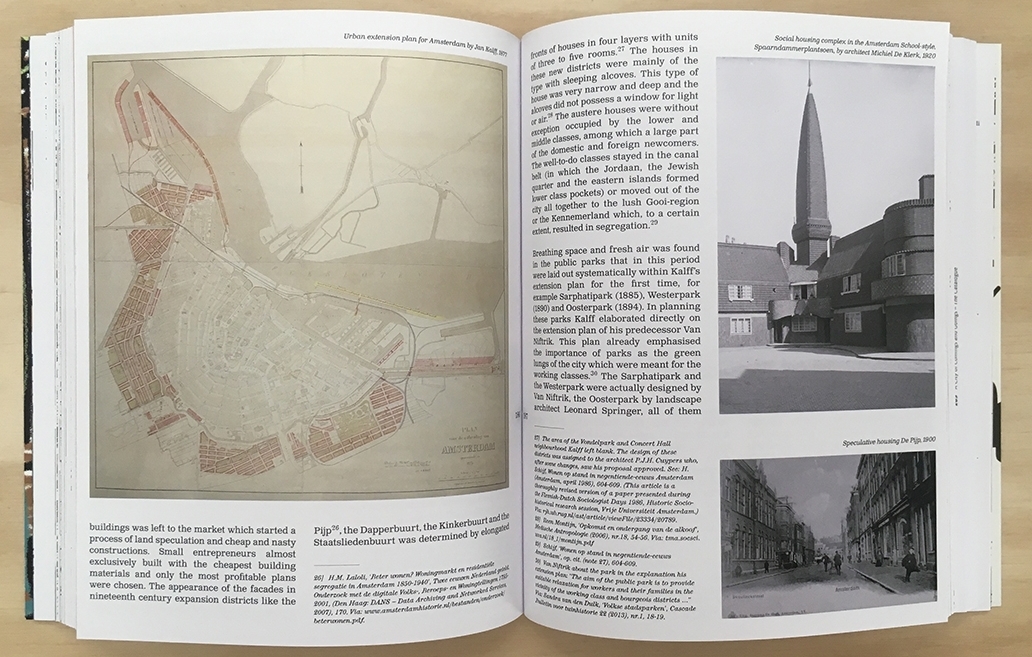
The Exhibition at the Architecture Biennale in Venice 2018
Crimson Architectural Historian's 'A city of Comings and Goings' wasexhibited at the sixteenth edition of the Venice Architecture Biennale.
The exhibition focuses on the following question: How can we design and redefine our western cities to cope with the endless migration and flow of people now and in the future? How can large-scale migration enrich the city?
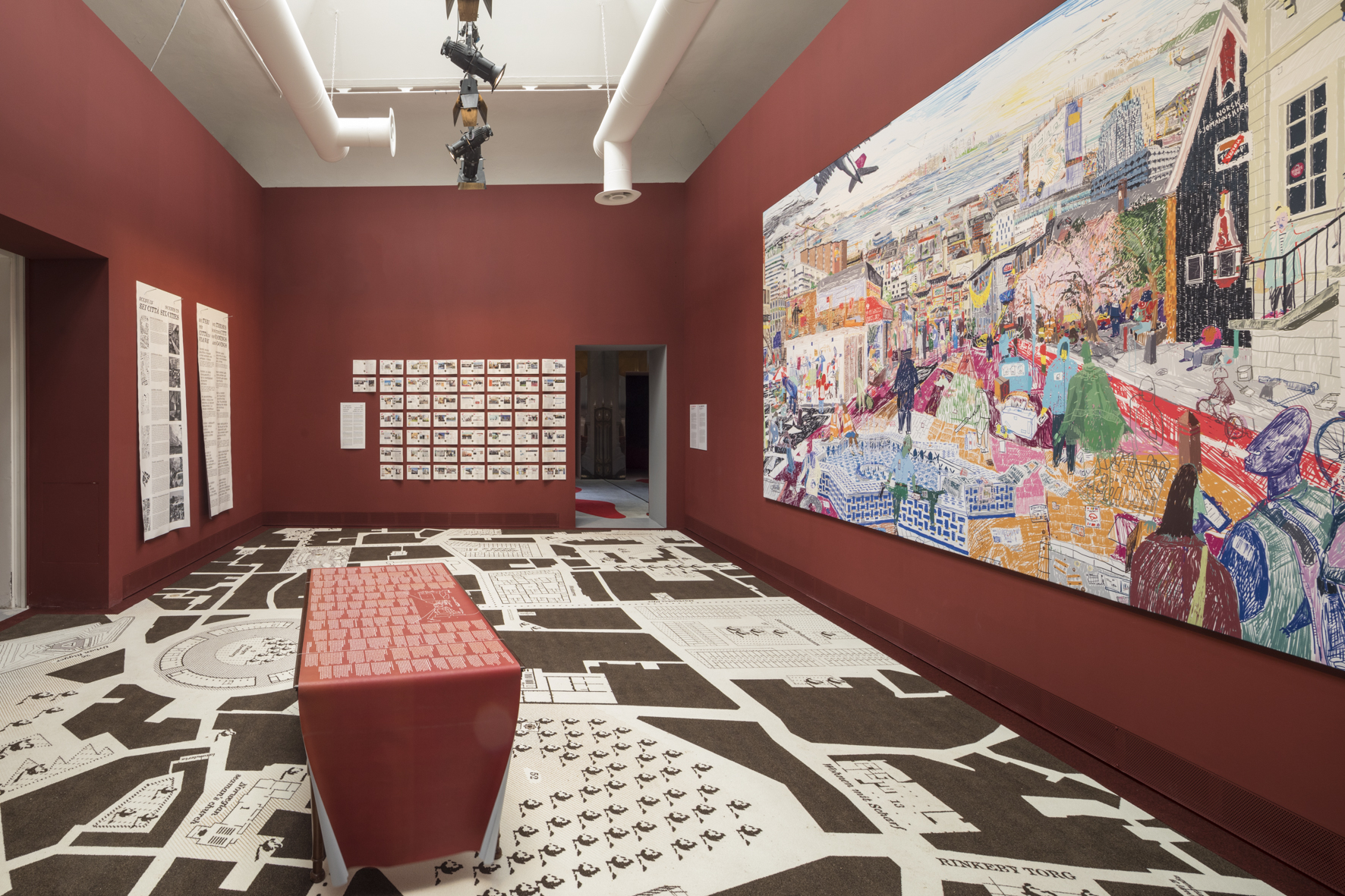
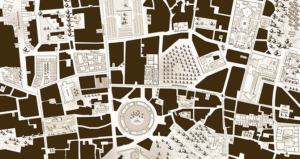
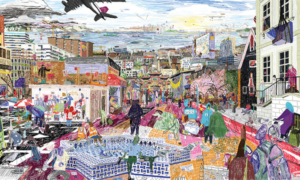
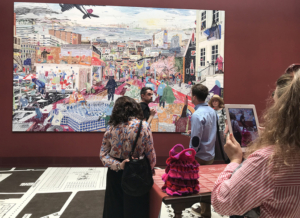
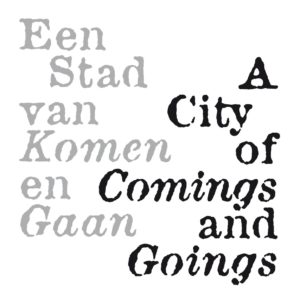 Images: Crimson Historians & Urbanists
Images: Crimson Historians & Urbanists